Winter is a time when many homeowners are desperate to find out how to insulate windows and the most effective strategy is to have underperforming windows replaced with modern energy efficient windows.
But if you want a simpler way of achieving it, TWC can offer some alternative suggestions that will also amplify heat preservation and save energy.
Within our guide, you’ll become familiar with practices of maximising window insulation to improve home warmth so that you never go cold indoors again.
Knowing When You Need New Windows
The emergence of condensation between panes, draughts, cold spots etc. signify that a change of windows ought to be prioritised. Separate red flags include cracks, warped frames and troublesome window operation, indicating that necessary insulation standards are not being reached.
Upgrading to double glazing windows will remedy things, uplifting comfort levels and lowering the amount of home energy loss.
Replacement vs. Insulation - Cost and Return
You may be in a position where you’re unsure if added insulation will do on its own or if you’d be better off replacing your windows as a long-term measure. Old single glazed windows with worn frames are unlikely to accomplish enhanced performance just from insulation.
The cheapness of window insulation is a big draw, but it might not have the effect you’re hoping for if your windows are old or damaged. To judge the best option for you, consider how much it costs against the predicted savings you will make.
Insulation is very affordable, but you’re likely to get a better return when you invest in replacement windows. The windows U value of contemporary energy-efficient windows is amazingly low and therefore means less draughts, improved comfort and reduced energy costs from year to year.
With energy costs not getting any cheaper, that also points to having a window upgrade.
6 Tactics of Insulating Windows for Winter
Extra insulation can even have a positive impact on new energy-efficient windows during the winter. Here are six tips on how to insulate windows for winter so that less warmth is lost and draughts are kept at bay, suiting an array of budgets and scenarios.
1. Window Film
Insulation window film creates an added layer once it is applied to glazing and will reduce heat loss. It’s a great option for people who are renting and not permitted to install new window designs.
Application can be done using a hairdryer and it’s dead easy to remove. Often used for single-glazed windows, it won’t stop natural light from filtering in and aids with heat retention.
Certain types of window film provide some UV protection, which helps stop furniture fading when exposed to sunlight. When carefully applied, it could cut heat loss by up to 30%.
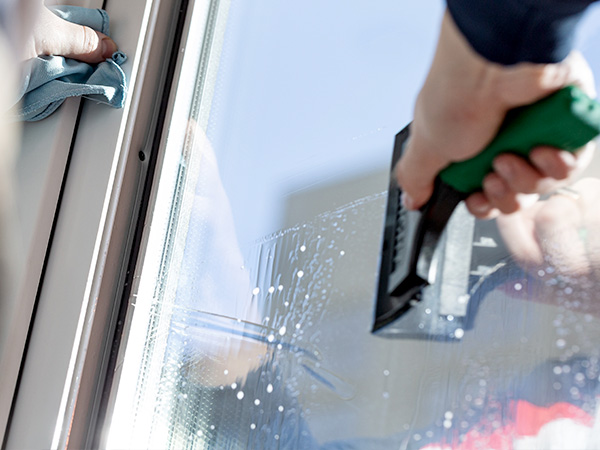
2. Thermal Curtains and Blinds
Preserve more warmth indoors with the introduction of thick, dense fabrics and thermal blinds, which will make it harder for heat to escape through glazing. Find a style and colour that aligns with your existing design scheme for consistency.
For homes that are either south-facing or particularly draughty, velvet and lined curtains are both good solutions. Thermal blinds are worth exploring for small windows or areas where curtains aren’t practical.
Apart from their insulating properties, they can improve privacy and limit the amount of external noise heard indoors. Keeping them open in the day and drawing them at night is how to maximise their efficiency.
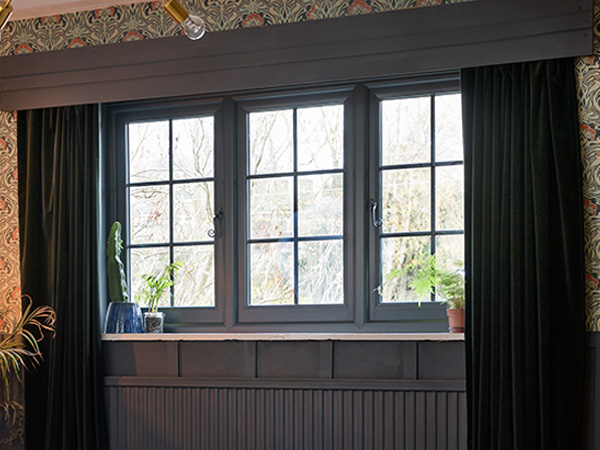
3. Caulking and Weatherstripping
Draughts and heat loss can also be offset with the sealing of any gaps around your window frames using caulk or weatherstripping. They’re highly effective for when cracks appear in old timber windows and metal-framed windows.
Weatherstripping is as simple to remove as it is to apply, underscoring its flexibility, while caulk is a more permanent solution and should therefore be reserved for long-term insulation undertakings.
It’s advisable to keep an eye on sealing in case it ever shows signs of deterioration, as you don’t want its performance to diminish in winter.
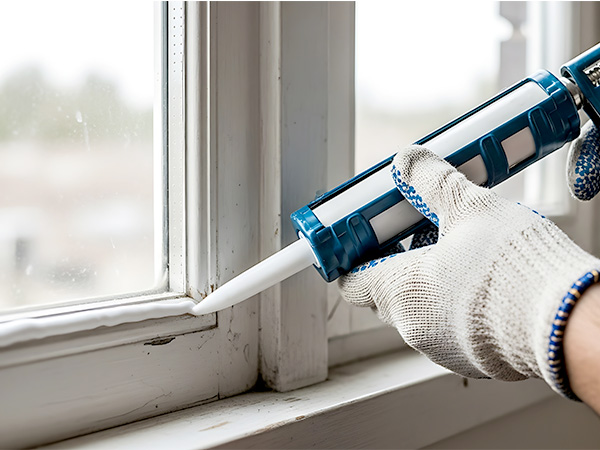
Request Your Free Window Quote
Simply fill in your details for your free, no obligation quotation
4. Bubble Wrap Insulation
To keep the cost of window insulation down, also investigate bubble wrap, as it’s inexpensive and a suitable material for how to insulate windows from cold. Cut it to the relevant size and then apply to the inside of the glazing with water or double-sided tape. It slows heat loss due to the air pockets trapping warmth.
It avoids the issue of permanently altering windows, which is useful for renters. Admittedly, it doesn’t look the prettiest, but you can always conceal it from view behind curtains or blinds.
Look to replace or reapply the wrap whenever the bubbles deflate for sustained performance.
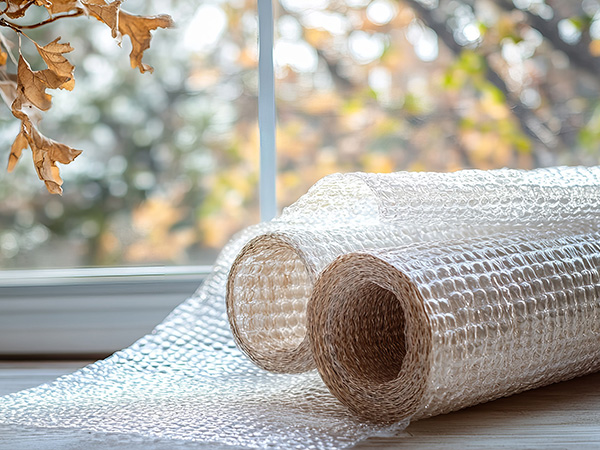
5. Secondary Glazing
Most homeowners are aware of double and triple glazing windows but not as familiar with secondary glazing.
Secondary glazing is a glass layer that can be added to the inside of an existing window, offering a reliable thermal buffer.
A popular choice for older or heritage residences, secondary glazing is a way of uplifting insulation without having to update your windows. It’s one of the window solutions that can also decrease external noise.
The reduction in energy costs and raised comfort that it ushers is justification for its installation.
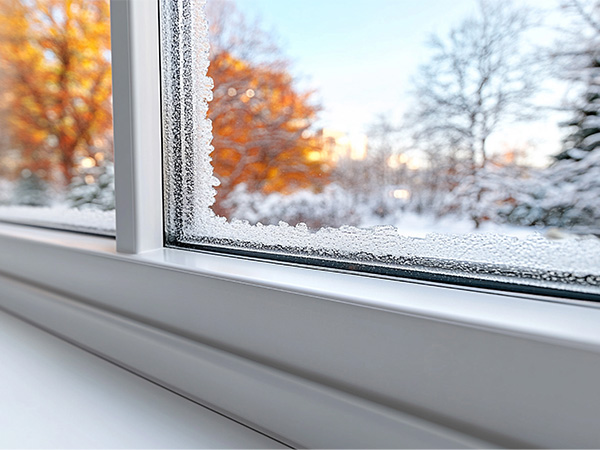
6. Draught Excluders and Insulation Tape
Gaps that incite air leaks can be addressed with strips of draught excluders or insulation tape too. They don’t cost much to buy, are easily fitted and great for a prompt remedy.
It takes a matter of minutes to apply them to all types of windows for a home that are on the old side or poorly sealed. Their impact is especially effective when employed in sliding sashes, doors and window bottoms.
Used in combination with things like thermal curtains, they can considerably enhance room comfort. Check them regularly to ensure they’re in proper condition.
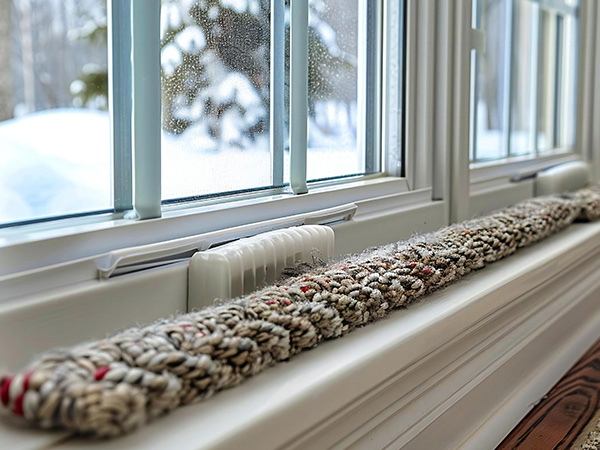
Why Window Insulation Is So Crucial
Window insulation isn’t purely reserved for older designs and can be implemented into energy-efficient windows and newly updated glazing, giving everyone an opportunity to reduce heat loss through energy bills. The extra layer will see that less heat goes to waste, minimise draughts and herald a steadier overall room temperature.
Separate to amplified comfort, you can make significant energy cost savings, particularly once winter comes around. Potent insulation also offers protection against extreme weather, removing some of the onus on your heating to keep the place warm and extending the lifecycle of your windows. When combined with energy-efficient windows, enhancements such as thermal blinds, weatherproofing and insulating film make for cosier home living at an economical cost.
Unquestionably, window insulation is something to consider if you want a modestly priced measure for boosting warmth, reducing costs and guarding your home in winter.
Want to speak with an Advisor? Give us a call on 01793 781413
Our friendly team will be pleased to help with any questions you may have.
